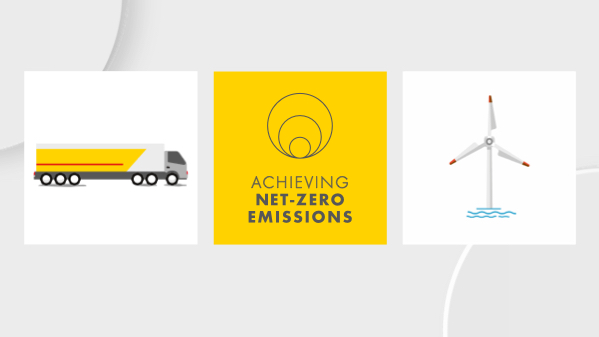Carbon intensity progress
We achieved our short-term target to reduce our net carbon intensity by 2-3% compared with 2016, the base year, with a 2.5% reduction in 2021. We achieved this reduction by shifting our portfolio to lower-carbon energy products such as natural gas, power and biofuels, which now make up 55% of our total energy sales, compared with 46% in 2016.
In 2021, Shell’s net carbon intensity was 77 gCO₂e/MJ, a 2.7% increase from the previous year. This increase was largely because we made a change in our methodology to better calculate the carbon intensity of our electricity sales. This approach distinguishes between the certified renewable electricity we purchase, electricity from our own generation, or purchased through a power purchase agreement, and electricity purchased from the grid.
Share of energy delivered per energy product type [A]-[F]
[B] Total volume of energy products sold by Shell, aggregated on an energy basis, with electricity represented as fossil equivalents. This value is derived from energy product sales figures disclosed by Shell in the Annual Report, Form 20-F and the Sustainability Report.
[C] Lower heating values are used for the energy content of the different products and a fossil-equivalence approach is used to account for electrical energy, so that it is assessed on the same basis as our other energy products.
[D] The NCI calculation uses Shell’s energy product sales volume data, as disclosed in the Annual Report and Sustainability Report. This excludes certain contracts held for trading purposes and reported net rather than gross. Business-specific methodologies to net volumes have been applied in oil products and pipeline gas and power. Paper trades that do not result in physical product delivery are excluded. Retail sales volumes from markets where Shell has issued trademark licensing agreements are also excluded from the scope of Shell´s carbon intensity metric.
[E] In 2021, emissions included in carbon intensity of power have been calculated using the market-based method.
[F] The carbon intensity of biofuels provided in the graph “Share of energy delivered per energy product type” reflects the global average for biofuels sold by Shell for 2021.









